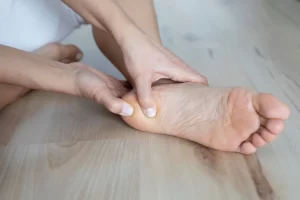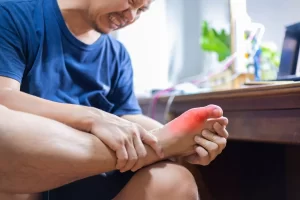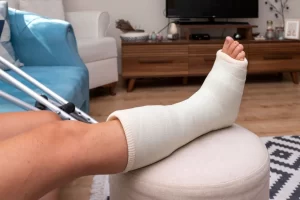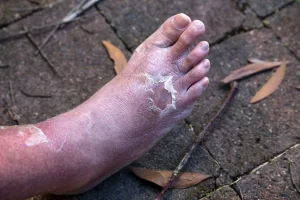Peroneal tendonitis is a common foot and ankle condition that can cause pain, inflammation, and swelling at the outer ankle. It occurs when the peroneal tendons, which are responsible for stabilizing the ankle and foot, become inflamed or damaged. In this article, we will discuss the symptoms, causes, and treatment options for peroneal tendonitis in Singapore, as well as ways to prevent it.
Symptoms
The symptoms of peroneal tendonitis can vary based on the severity of the condition. Yet, the following are some of the most common symptoms:
- Ankle pain on the outside of the ankle
- Swelling in the affected area
- Stiffness in the ankle and foot
- Weakness in the ankle and foot
- Instability or trouble walking
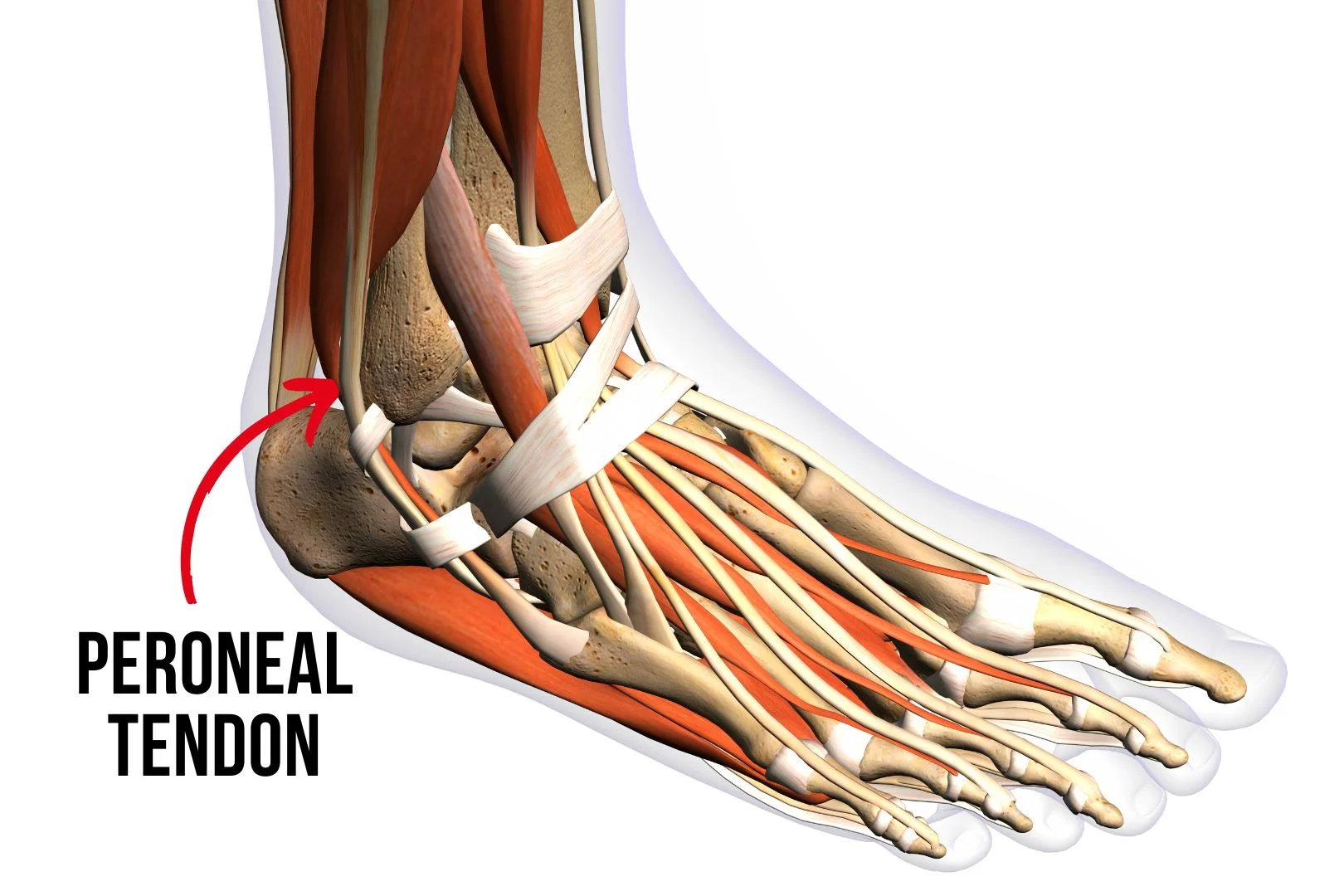
Causes
Peroneal tendonitis can be caused by a variety of factors, including:
- Overuse or repetitive strain on the peroneal tendons
- Ankle sprains or other injuries that damage the tendons
- Poor foot mechanics or foot structure
- Flat feet
- Wearing improper footwear
- Tight or weak muscles in the lower leg and foot
Peroneal Tendonitis Treatment Options in Singapore
There are several treatment options for peroneal tendonitis in Singapore, including:
- Rest and ice: Resting the affected area and applying ice can help reduce pain and swelling.
- Physical therapy: Stretching and strengthening exercises can help improve the flexibility and strength of the ankle and foot.
- Orthotics: Wearing custom-made insoles in your shoes can help support the foot and reduce strain on the peroneal tendons.
- Shockwave therapy: Focused shockwave therapy can help to reduce pain, and inflammation, and stimulate more blood flow to heal the tendon
- Medications: Although not advisable to take, over-the-counter pain medicines, such as ibuprofen, can help reduce pain and inflammation.
- Surgery: In very severe cases, surgery may be necessary to repair the damaged tendons.
Prevention
To prevent peroneal tendonitis, it is important to:
- Wear proper shoes that provide support and cushioning for the foot
- Gradually increase the intensity and duration of physical activity
- Stretch and strengthen the muscles in the lower leg and foot
- Use insoles or inserts to support the foot and reduce strain on the tendons
- Seek prompt medical attention for any ankle or foot injuries
Conclusion
Peroneal tendonitis can be painful and uncomfortable, but it can be managed with the right care and management. If you are experiencing symptoms of peroneal tendonitis, it is important to seek prompt medical attention to prevent further damage and problems. At Straits Podiatry, our team of expert podiatrists can provide you with the right treatment options for peroneal tendonitis and other foot and ankle conditions. Contact us today to schedule an appointment and get on the path to a healthy life without pain.

Jackie Tey
Chief Podiatrist, B.Pod(Hons). Your foot and lower limb specialist passionate about raising awareness for foot and lower limb health.




